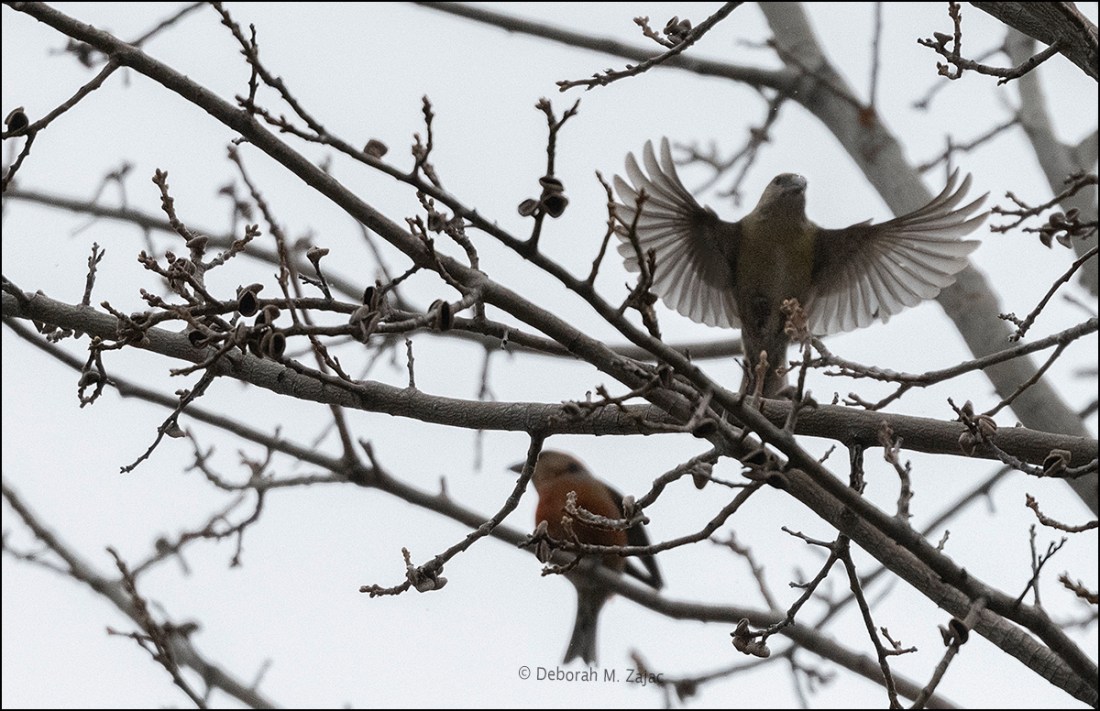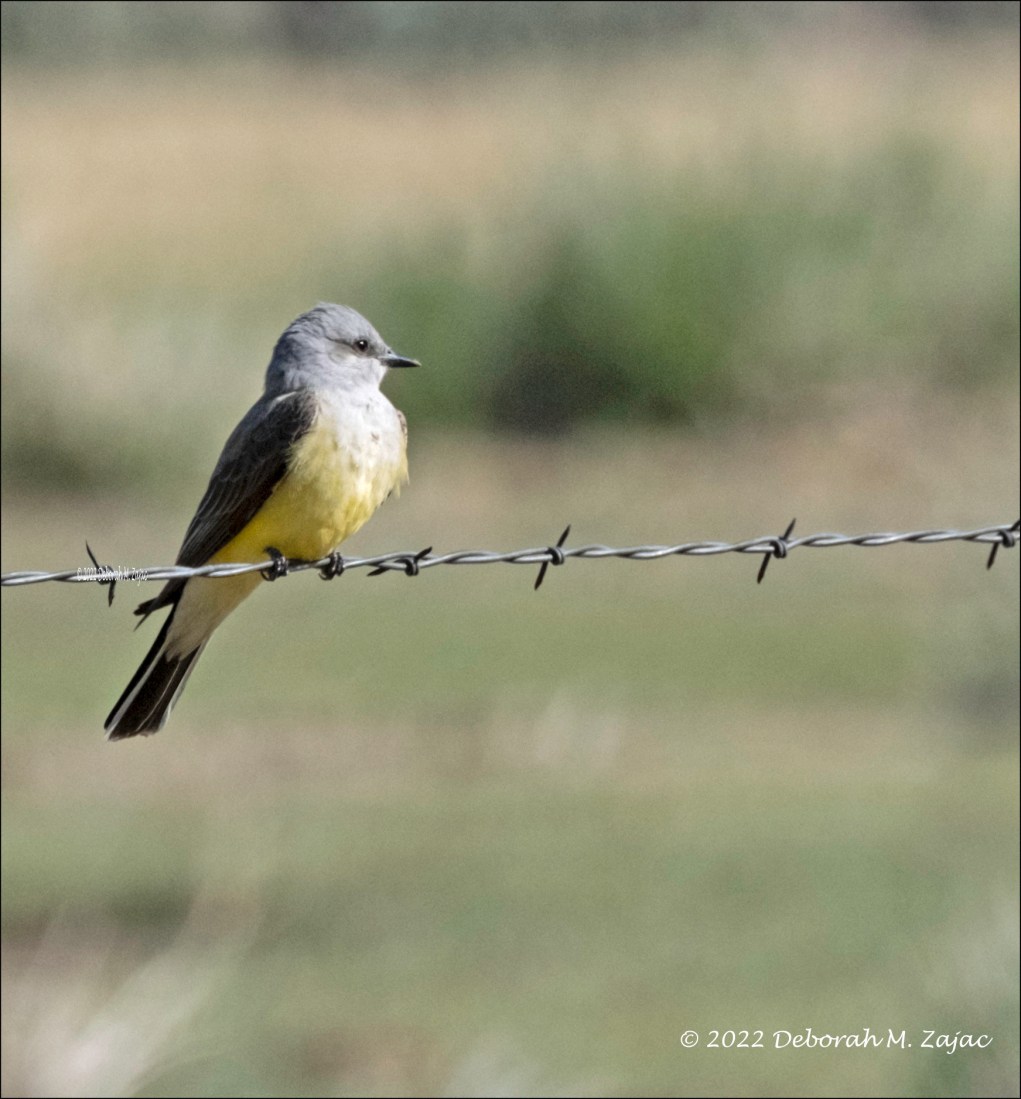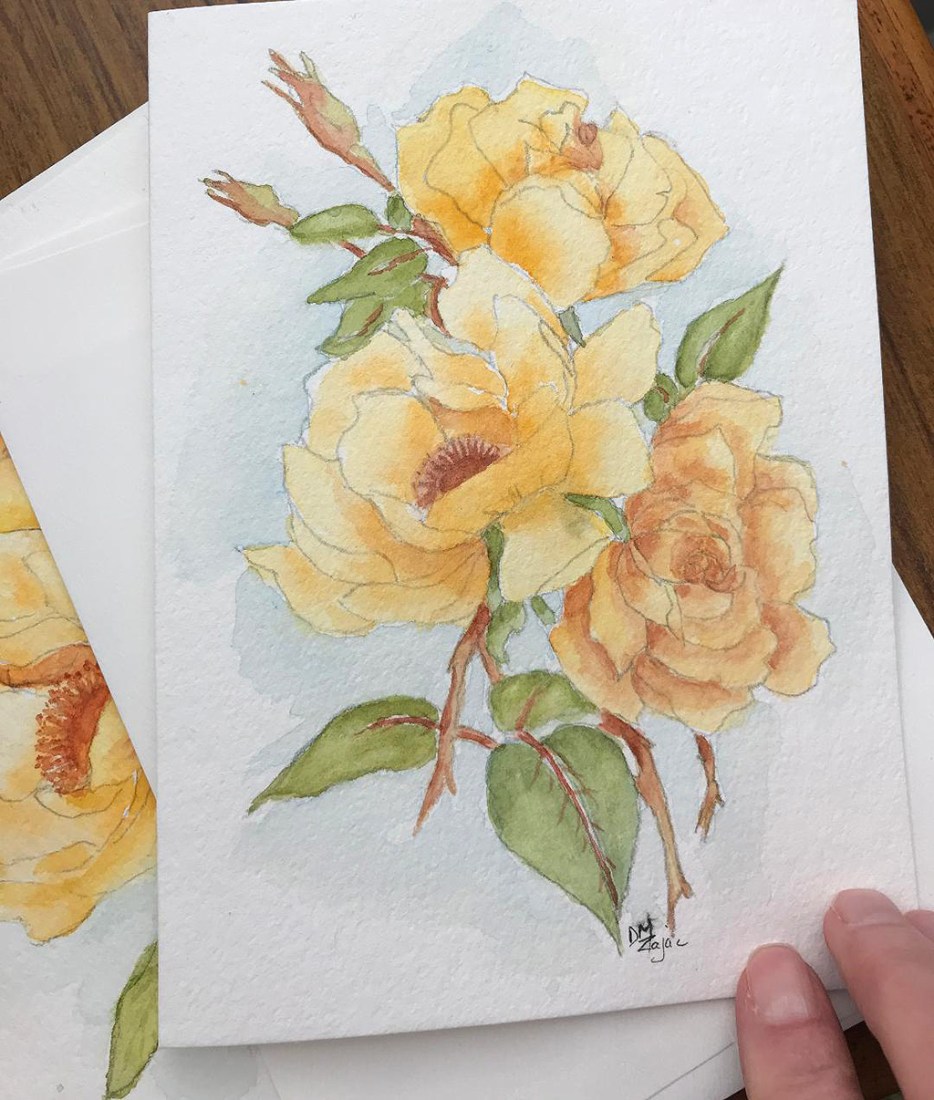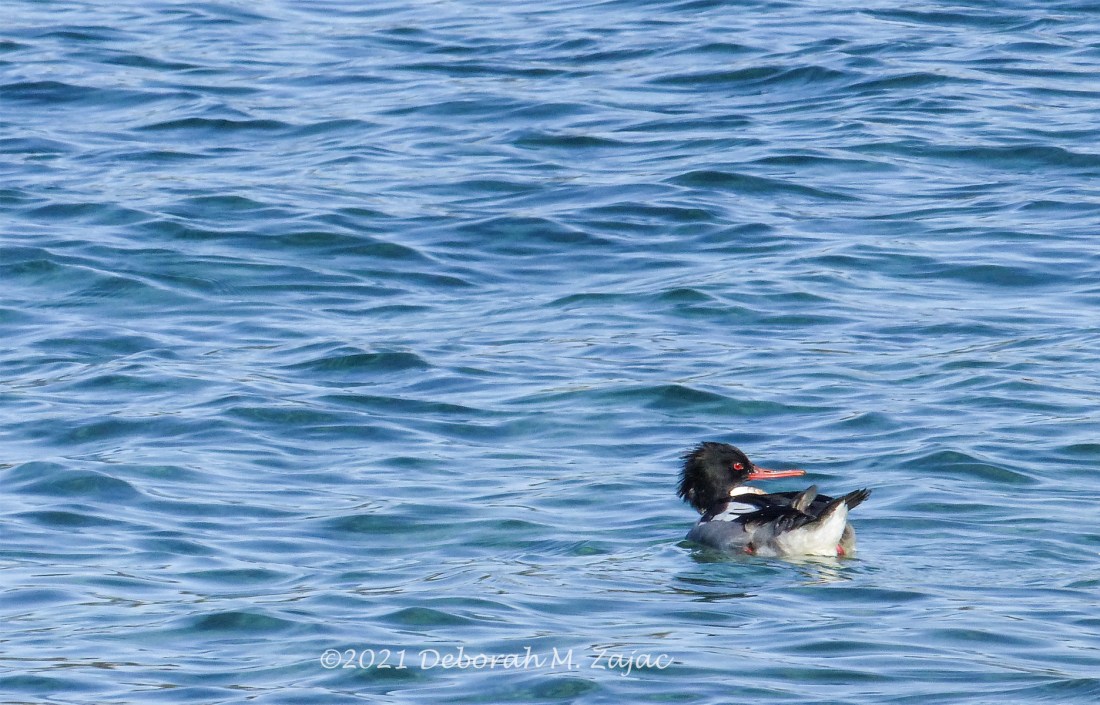Copyright ©2024 Deborah M. Zajac. ALL RIGHTS RESERVED.
PLEASE DO NOT USE MY IMAGES WITHOUT EXPRESSED WRITTEN PERMISSION.
I wasn’t in the path of Totality for the eclipse on Monday but, I did watch the it from my patio. The Partial we saw covered 47% of the Sun’s face.
He-Man, myself, and a neighbor enjoyed the birds singing, and watching golfers play through without ever looking up to see what was happening in the sky above us.
I made an image of the full sun first before the eclipse started.

The large sunspot is 3628, and the smaller one is 3633.
This image below is a 5 frame composite showing the sequence of the partial eclipse from shortly after the beginning to the end with the Maximum coverage image in the middle.

The dark shadows you see on the face of the images of the sun are clouds that were rolling across the Sun/Moon during the eclipse.
Now that eclipse madness has passed and it’s sunny, the snow has melted here in the valley and our lawn has turned green I’m ready to turn my attention to looking for spring flowers and more birds.
Speaking of birds. I got a “lifer pair” last Friday. A pair of Red Crossbills.
They were a bit out of range for my lens but, I did get an image that positively identified them. It’s noisy and soft, but it’s a keeper.

This is the female with her wings spread ready to fly, and her mate in the back. I was doing my happy dance when I got a positive ID on these two.
So, did you see the eclipse in partial or in Totality? Wasn’t it cool!
Happy Wednesday!
Nikon D850|Nikkor 500mm PF-e| Orion Glass Solar Filter| PS CC 25.5.1
more to come…














You must be logged in to post a comment.